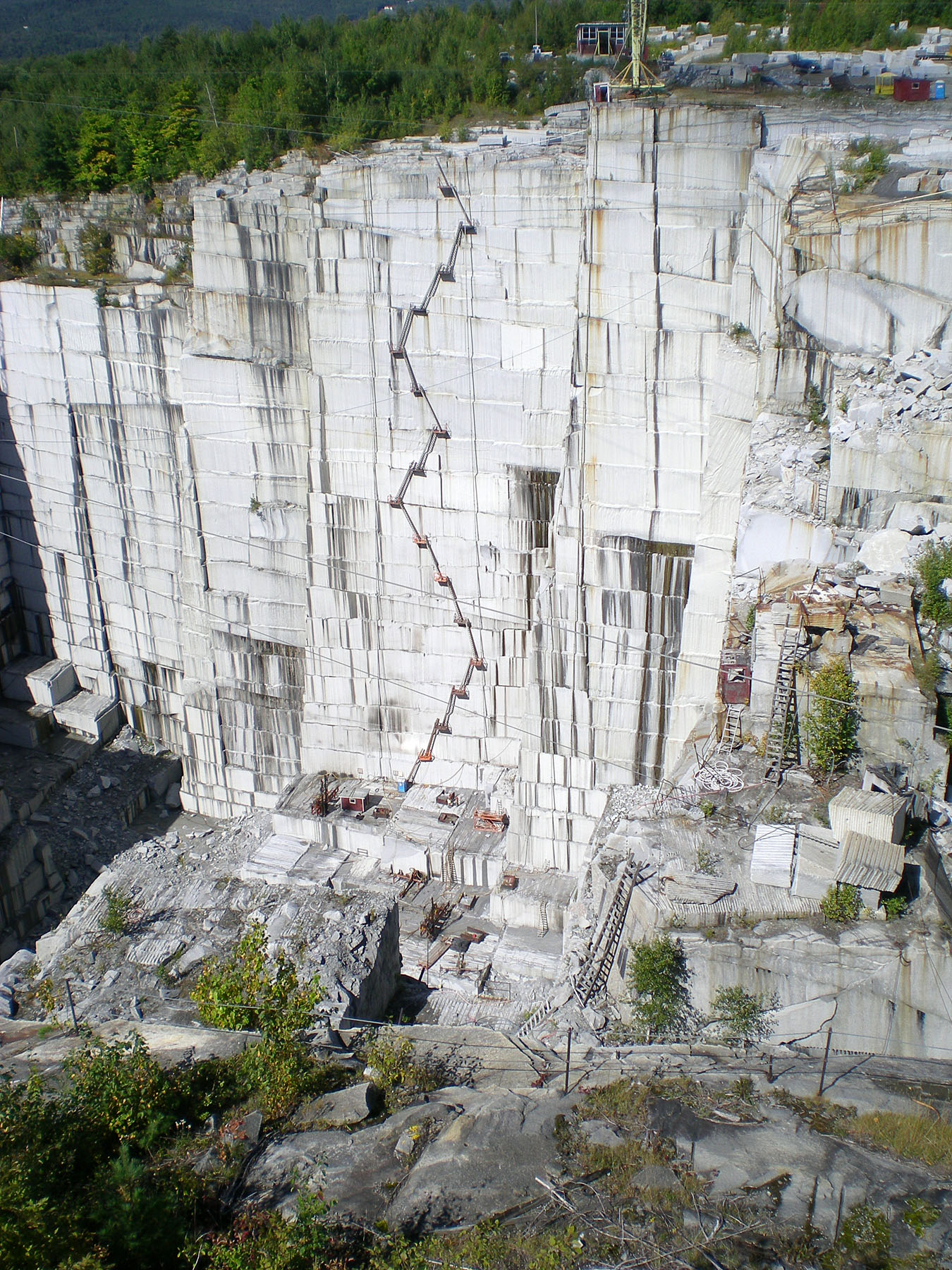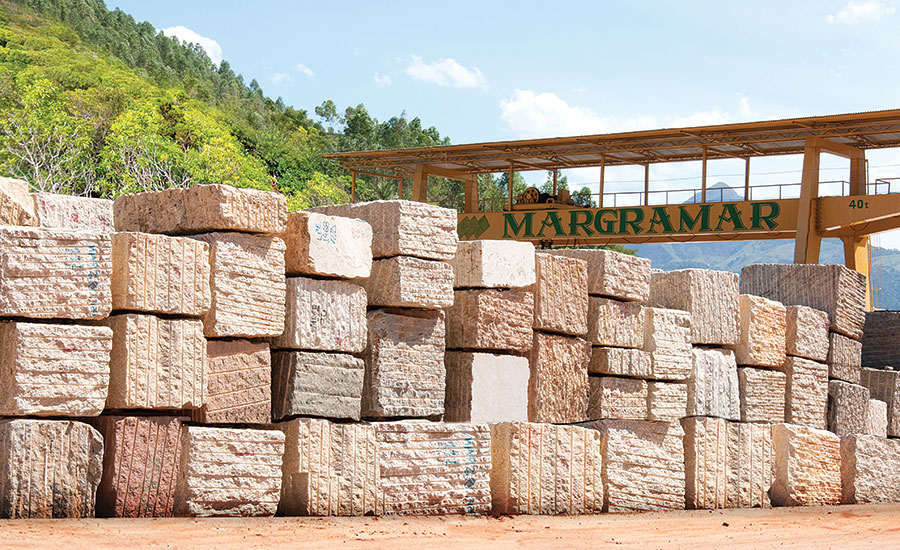Travelling With Granite Quarries in South Africa: A Visual Odyssey
Travelling With Granite Quarries in South Africa: A Visual Odyssey
Blog Article
Discovering the Rich Background and Sustainable Practices of Granite Quarrying
As we stand on the precipice of revealing the detailed tapestry of granite quarrying, a journey through time exposes not simply the physical act of removing stone yet additionally the cultural and historic significance woven right into the really material of this practice. From the ancient origins that laid the foundation for contemporary quarrying techniques to the sustainable practices that are forming the future of this market, each chisel mark on granite surfaces informs a tale waiting to be unearthed (granite quarries in south africa). The tradition of granite quarrying extends far past plain removal; it is a testimony to human ingenuity, durability, and the long-lasting allure of this impressive stone
Old Beginnings of Granite Quarrying
Going back to ancient civilizations, the method of quarrying granite has actually been an important component of human background and architectural improvement. The earliest evidence of granite quarrying days back to ancient Egypt, where large pyramids and complex sculptures were crafted from this long lasting stone. The Egyptians used primitive tools to extract granite blocks from quarries, showcasing the importance of this material in their huge constructions.
Moving onward in history, the Greeks likewise made considerable payments to the quarrying of granite. The Greeks made use of granite in different building wonders, such as temples and sculptures, showing their ability in shaping and sculpting this sturdy rock. The Romans further fine-tuned the methods of quarrying granite, using sophisticated tools like blades and hammers to extract and shape granite for their famous frameworks.
With the centuries, the practice of quarrying granite has actually progressed, with modern-day technologies enhancing efficiency while maintaining the timeless appeal of this all-natural rock - granite quarries in south africa. From old civilizations to contemporary building contractors, the tradition of granite quarrying remains to form our globe
Development of Quarrying Methods
The advancement of quarrying methods has been marked by a continual development in the direction of greater effectiveness and precision in drawing out granite. From the primary techniques used by our ancestors to the sophisticated modern technologies utilized in contemporary quarrying operations, the industry has undergone considerable innovations. Early quarrying techniques involved manual labor with fundamental tools such as blades, hammers, and wedges to draw out granite blocks from the planet. As people progressed, strategies like fire-setting and primitive nitroglycerins were presented to assist in the removal process.
In more recent times, the introduction of equipment reinvented the quarrying industry, allowing much faster extraction prices and raised productivity. Technologies such as diamond cord saws, high-pressure water jets, and pneumatically-driven drills have actually come to be standard in modern quarries, permitting accurate cutting and minimized waste. Developments in computer-controlled equipment and 3D modeling have actually optimized quarrying procedures, leading to marginal environmental influence and improved sustainability practices. As the need for granite remains to climb, the evolution of quarrying strategies remains essential to meeting sector requires efficiently and sustainably.
Social Significance of Granite
Granite holds a profound cultural value throughout numerous human beings due to its long-lasting presence in architectural masterpieces and revered monuments. From the marvelous pyramids of Egypt to the intricate carvings of the Angkor Wat holy place in Cambodia, granite has been a material of selection for revealing majesty and durability in social heritage. In ancient Rome, granite columns decorated holy places and public buildings, signifying stamina and durability. The cultural significance of granite prolongs beyond its physical characteristics; it embodies resilience, security, and timelessness, making it a symbol of enduring legacies and practices.

Lasting Practices in Quarrying
Among the rich background of granite quarrying and its social relevance exists a growing emphasis on lasting techniques within the industry. As ecological recognition and issues concerning source depletion have enhanced worldwide, the quarrying sector has actually increasingly welcomed lasting approaches to decrease its effect on the atmosphere and surrounding neighborhoods.

Moreover, improvement and rehabilitation of quarry sites post-extraction are essential to sustainable practices. By restoring quarried areas to a natural or advantageous state, such as producing wildlife habitats or leisure spaces, quarriers can counter the ecological footprint of their operations and add positively to the neighborhood environment.
Tradition of Granite Quarrying
With a historic background soaked in workmanship and industrial development, the original source what withstanding see this page effect has granite quarrying left on the landscape of contemporary culture? The legacy of granite quarrying goes beyond plain removal techniques; it has shaped building wonders, city landscapes, and cultural heritage worldwide. The long lasting nature of granite has actually made it a preferred option for monuments, buildings, and infrastructure, standing as a testimony to the ability and creativity of quarry employees throughout generations.
Additionally, the financial footprint of granite quarrying can not be ignored. The industry remains to give work possibilities and drive neighborhood economic climates in areas where granite removal is common. It has likewise spurred technical innovations in quarrying methods and devices, resulting in much more efficient and lasting techniques.
In regards to sustainability, the legacy of granite quarrying includes initiatives to reduce ecological effects via improvement projects and accountable source management. By stabilizing economic rate of interests with ecological stewardship, the market makes every effort to make certain that future generations can remain to gain from this enduring natural deposit.
Conclusion

Report this page